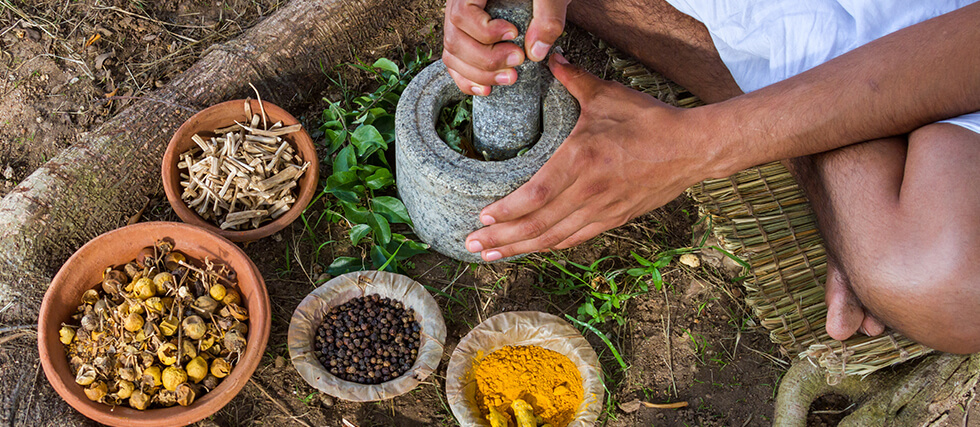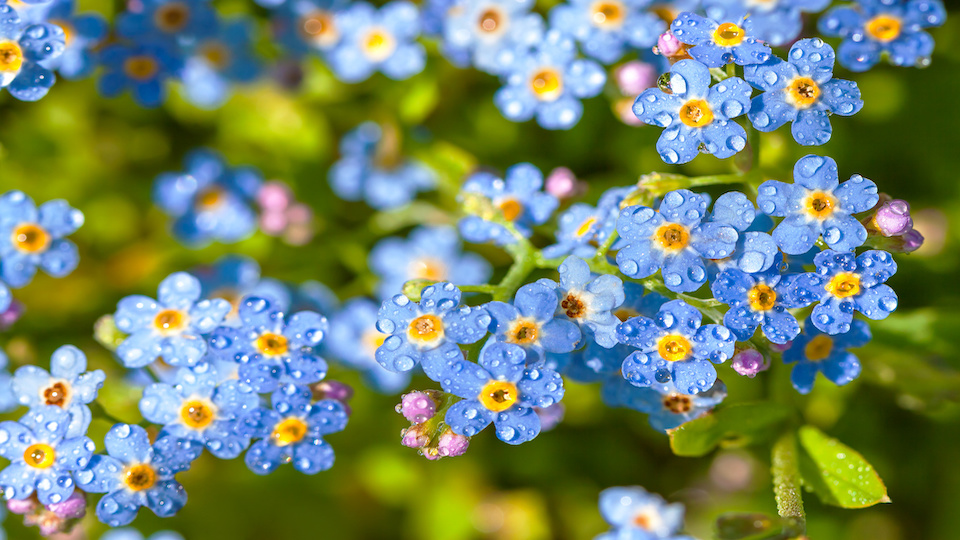7 Ancient Cures That Work
It’s remarkable how ancient civilizations developed treatments that still hold up today. Here are a few examples of ancient cures with scientific backing:
1. Honey:
- Ancient use: Egyptians, Greeks, and Romans used honey for wound healing and infections.
- Modern science: Honey has antibacterial and anti-inflammatory properties due to its enzymes, acidity, and high sugar content. It’s used in modern wound care, particularly for burns and ulcers.
2. Willow bark:
- Ancient use: Egyptians and Assyrians used willow bark to relieve pain and fever.
- Modern science: Willow bark contains salicin, a compound similar to aspirin. It’s a natural anti-inflammatory and pain reliever.
3. Opium poppy:
- Ancient use: Sumerians, Egyptians, and Greeks used opium for pain relief and sedation.
- Modern science: Opium contains morphine and codeine, powerful painkillers still used today.
4. Silymarin (Milk Thistle):
- Ancient use: Used in ancient Greece to protect the liver from toxins.
- Modern science: Studies suggest silymarin has antioxidant and anti-inflammatory effects that may benefit liver health.
5. Cranberry:
- Ancient use: Native Americans used cranberries for urinary tract infections.
- Modern science: Cranberries contain compounds that prevent bacteria from adhering to the urinary tract walls, reducing the risk of infections.
6. Ginger:
- Ancient use: Used in traditional Chinese and Indian medicine for nausea and digestive issues.
- Modern science: Ginger has anti-nausea properties and can help with motion sickness and morning sickness.
7. Acupuncture:
- Ancient use: Developed in ancient China to treat various ailments by stimulating specific points on the body.
- Modern science: While the mechanisms are still being investigated, acupuncture has shown effectiveness for pain relief, nausea, and some chronic conditions.
It’s important to note that while these ancient cures have scientific validity, they should be used responsibly and under the guidance of a healthcare professional.
The fact that some ancient remedies are still relevant today highlights the enduring value of traditional knowledge and its potential contributions to modern medicine.



